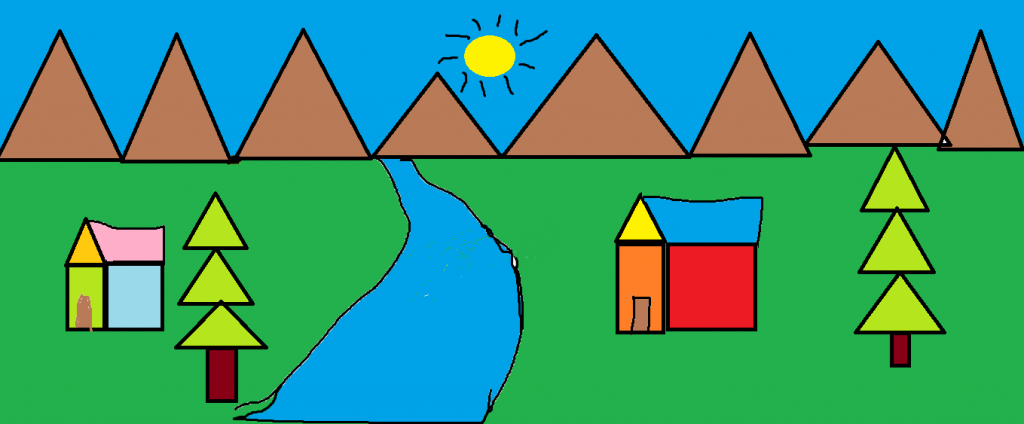
Birds Watching & Wildlife Tour
This tour includes various journeys that provide you chance to explore national parks and sanctuaries that safeguard the country’s wildlife heritage. The topographical setting and favourable climatic conditions make it easy for wild animals to set base in their chosen habitats. We take you on a journey to visit them right at their homes. India is haven for resident and migratory birds alike. With a bird count over 10,000 species worldwide, the country constitutes almost 12% of the species found on our planet. With countless habitats at their disposal, the number of species seen here are a testament to the rich biodiversity the country possesses.
Day 1 - Arrive Delhi
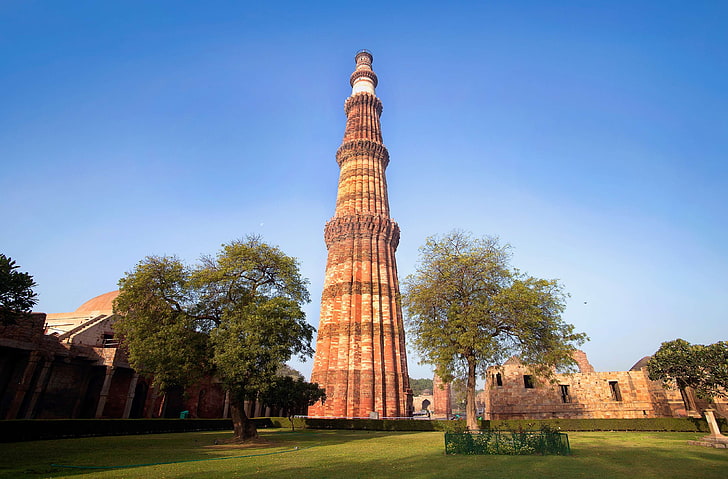
Day 2 – Delhi – Agra (203 Kms/3.5 Hrs)
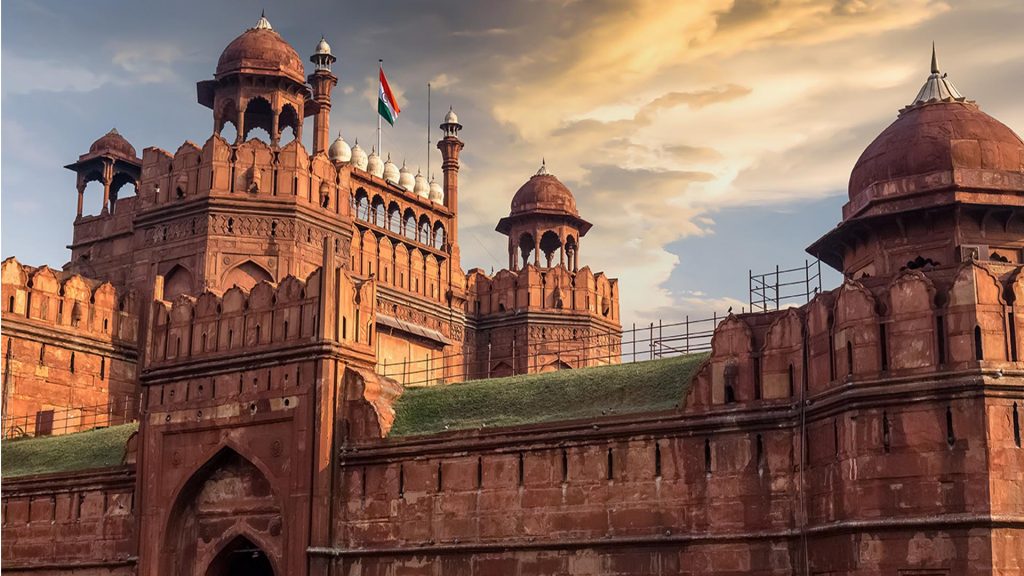
Later enjoy the calm serenity of the Gurudwara Bangla Sahib and witness the Langar (free kitchen), where everyone is welcomed and fed a vegetarian meal, irrespective of color, cast, creed, age or gender.
Next visit Lotus Tempe (closed on Monday) one of the marvels of modern architecture. The temple gives the impression of a half-open lotus flower afloat, surrounded by its leaves. The shining pure white marble, the majestic dome, the petals clearly standing out create a sense of grandeur and awe. Continue drive towards Agra, upon arrival check in to the hotel. Overnight stay at hotel.
Day 3 – Agra - Bharatpur (65 Kms/ 1.5 Hrs)
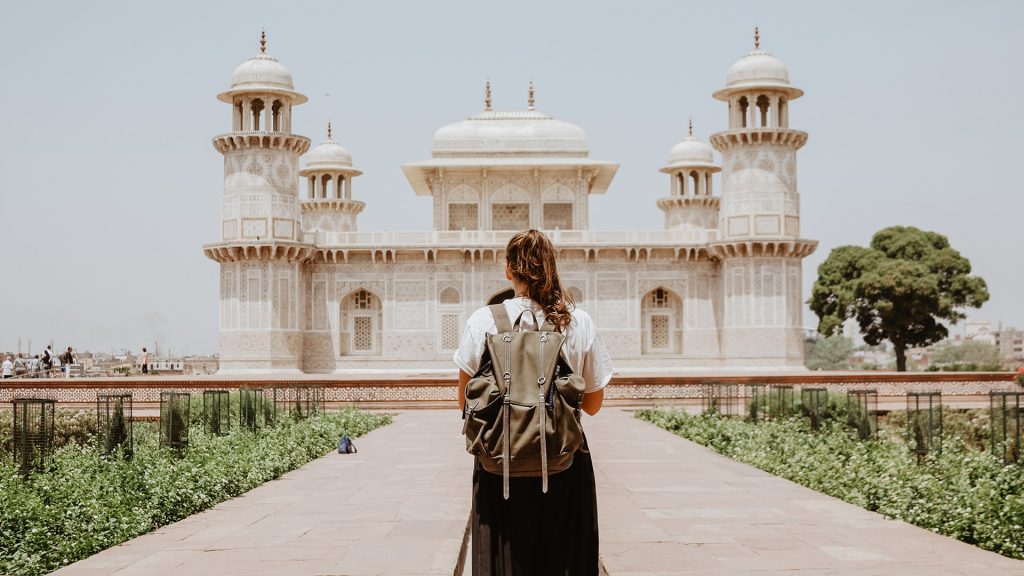
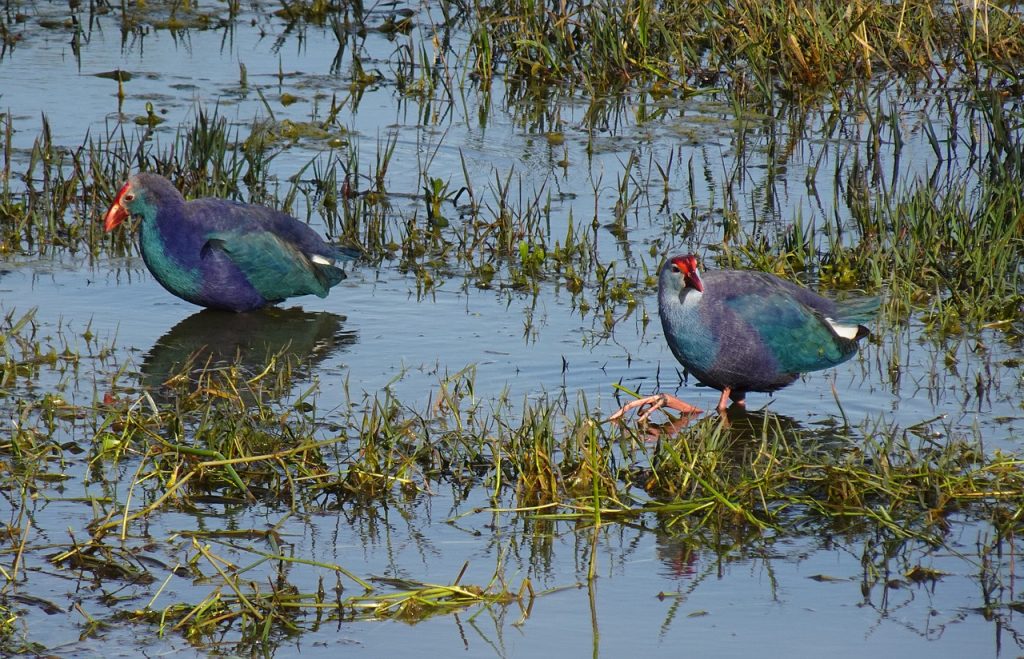
Later explore the remarkable Agra Fort UNESCO World Heritage Site, made using red sandstone and marble and features the Mughal style of architecture. There are splendid rooms, magnificent mosques, and beautiful halls inside this fort. The main structures and monuments at the fort include public and private halls called Diwan-i-Am and Diwan-i-Khas, royal pavilions that house masjids, royal baths made using marble, a mirror palace or Sheesh Mahal, and courtrooms, among others. Later visit a workshop to experience Marble Inlay Work – The most famous stone arts in the country is the inlay or crafting work done with marble stones. The craft flourished and reached its peak during the Mughal era especially after the construction of the Taj Mahal.
Optional – An amazing local social enterprise, Sheroes Hangout, is located about 10-minutes from the Taj Mahal and is an excellent place to stop for a cold drink, coffee or light meal while you are here. The initiative is part of the Stop Acid Attacks campaign and staffed by survivors. Continue drive towards Bharatpur en-route visit Fatehpur sikri – a city predominantly in red sand-stone built by the Mughal Emperor Akbar. He shifted his residence and court from Agra to sikri, for a period of 13 years, from 1572 to 1585 to honour the Sufi Saint, Sheikh Salim Chishti, who resided here . He had planned this city as his capital but shortage of water compelled him to abandon the city. Some important structures here are Diwan-I-Am, Diwan-I-Khas, the private living quarters, Jodhabai’s Palace, Birbal’s Palace, Panch Mahal, Salim Chishti’s Tomb, Jama Masjid, Buland Darwaza, and many more.
Upon arrival check in to the hotel. Bharatpur famous for Keoladeo Ghana National Park formerly known as the Bharatpur Bird Sanctuary a UNESCO world heritage site. Over 350 species of birds are known to be resident here. It is also a major tourist centre with scores of ornithologists arriving here in the winter season.
Overnight stay at hotel.
Day 4 –Bharatpur
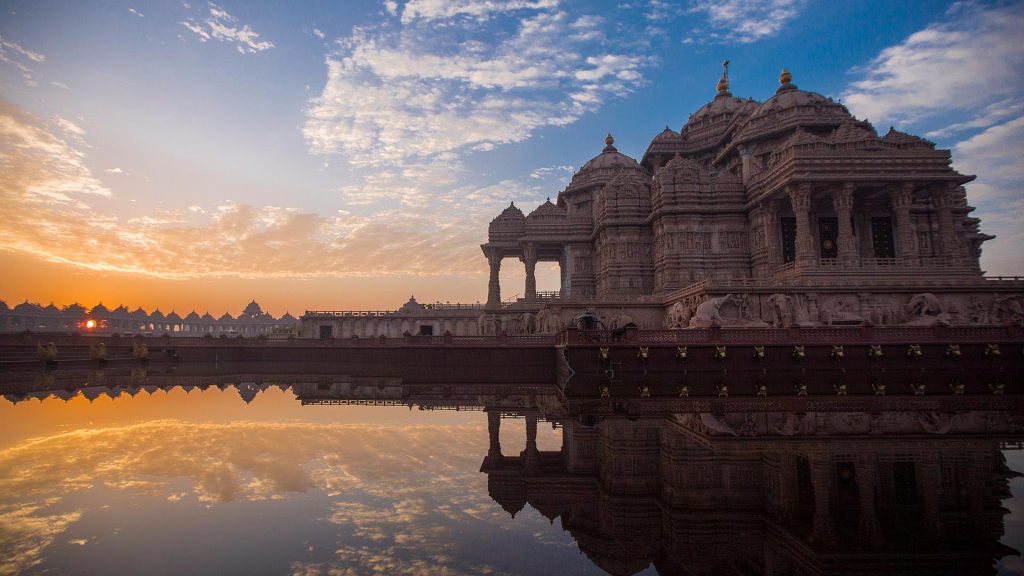
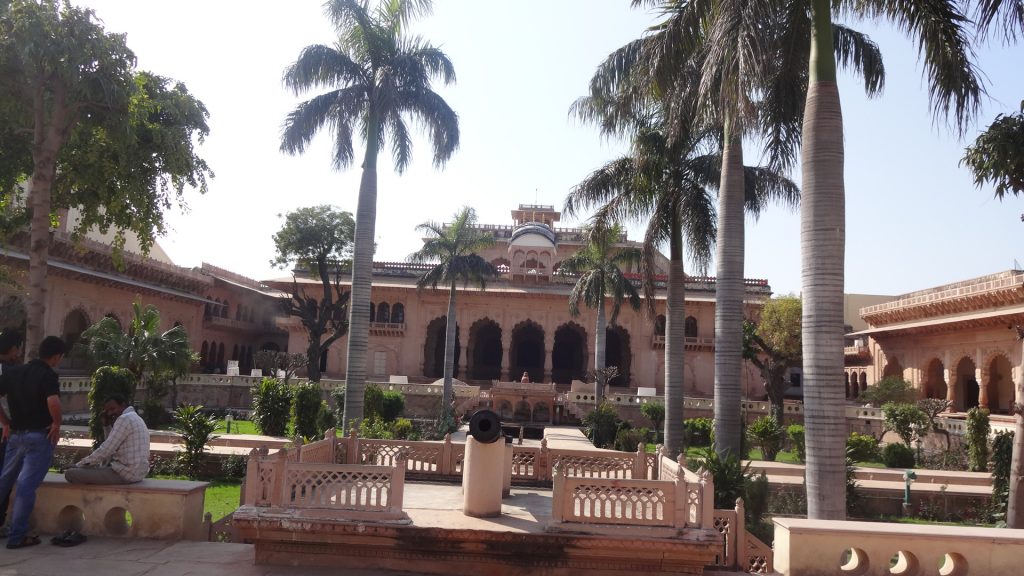
The Sanctuary is one of the richest bird areas in the world. It is known for nesting of its resident birds and visiting migratory birds including water birds. Return back to hotel. After some rest explore the city Deeg Palace -The Deeg Palace is an amazing fort built by Raja Suraj Mal that stands majestically over a slightly elevated point and is surrounded by impressive moats, ramparts and gateways. One can find the interiors in the ruined position but the watch tower still exists in the vigil position keeping an eye over the city and the palace.
Lohagarh Fort -The “Iron Fort” is specially conceived and designed so that it may last longer and amazingly justified by its name the Lohagarh Fort stood strongly against many attacks by the British. This fort is quite different from other forts in the state in terms of construction and appearance. Bharatpur Government Museum – Within the Lohagarh Fort, the building- Kamra Khas has been converted into a museum that displays a rich collection of antiquities, exquisite sculptures and some ancient inscription. These sculptures reflect the art and culture of that era and the inscriptions are of immense value as they trace the royal lineage and local life. Return back to hotel.
Overnight stay at hotel.
Day 5 –Bharatpur – Jaipur (175 Kms/3.5 Hrs)
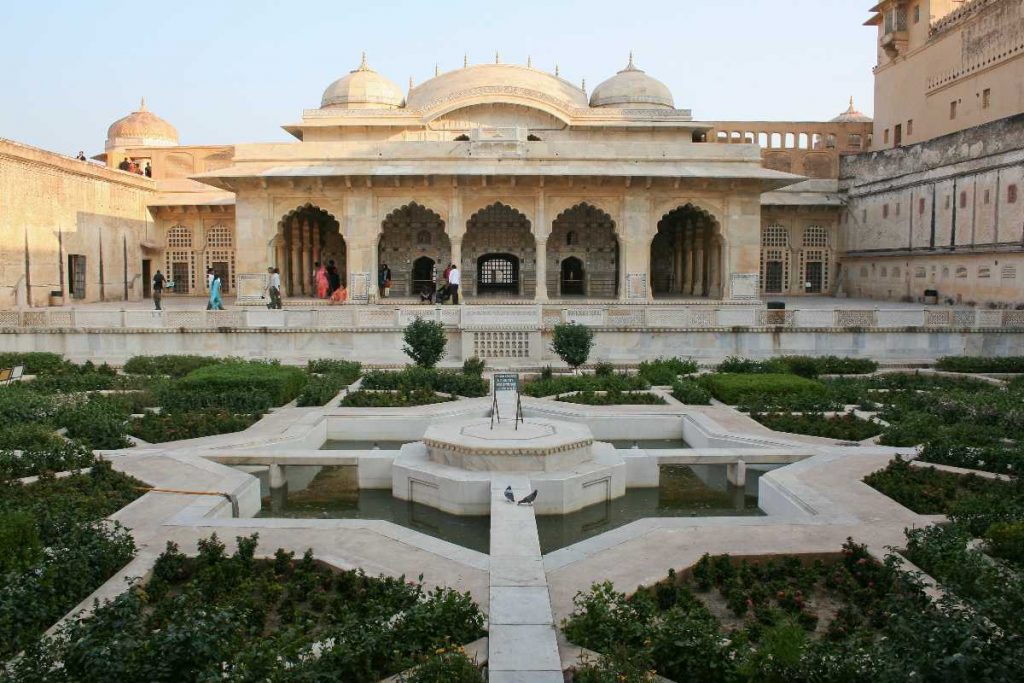
In the evening witness Aarti at the beautifully carved Lakshmi Narayan temple. Overnight stay at hotel.
Day 6: Jaipur
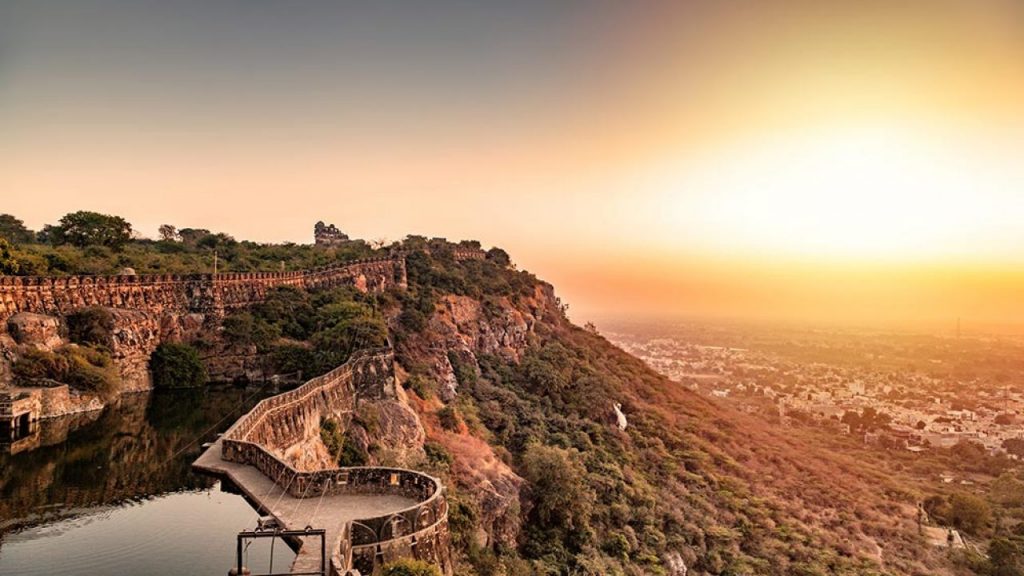
The fort is dived into four part, each having separate entrances. Suraj Pol“Sun gate”is the main entrance to the fort, this entrance faces east. Once we enter in to the fort, the fort has lot of interesting things to flaunt. Every part of this palace is an amazing work of art. The “Magic flower” a fresco carved out of marble stone is a major attraction here.
Drive back to Jaipur en-route stop at Hawa Mahal. Hawa Mahal is famous for its windows or ‘Jharokhas’ which enable free circulation of air within the structure. Though many reasons are cited behind the construction of the fort, Purdah system followed by the Rajputs is said to be one of the main causes. During those days, Rajput royal women did not appear in public or in front of strangers. However, they were keen to follow the day-to-day events and royal processions occurring on the streets. It is for their benefit that the Hawa Mahal was built, complete with small windows and screened balconies. This gave the women a sense of freedom, without appearing in public. Explore the City Palace a spectacular example of the unification of Rajput and Mughal architecture.
Commissioned to be built by the founder of Jaipur, Maharaja Jai Singh II, this lavish palace includes the living quarters of the erstwhile royal family. The palace also boasts several rare artworks. Next visit the Jantar Mantar astronomical observatory. This evening enjoy a culinary experience and dinner with a local Indian family where you can learn about exquisite dishes and also local cultures including saree draping.
Overnight stay at hotel.
Day 7: Jaipur - Kathgodam (RANIKHET SPL : 1535/0455 +1 Hrs) This morning join a local bicycle trip to have a close look of Pink City –
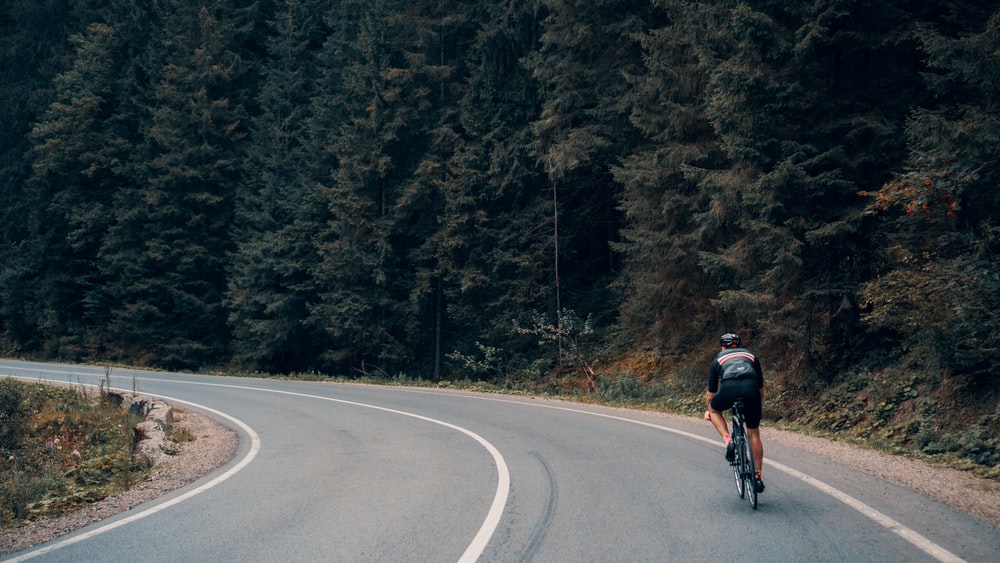
06:30 – Meeting the team at Jal Mahal
07:00 – Hike to the top of Mountain & Yoga experience
07:45 – Spot the Gentle Giants – a visual symphony to look at the rows of these majestic giants entering into the grand palace of Amber Fort with a graceful gait.
08:15 – Get mesmerized with the beautiful architecture
09:00 – Concluding the trip at Ankohi Museum
Return back to hotel for breakfast.
Rest of time free at leisure.
Afternoon transfer to Jaipur railway station to connect train to Kathgodam.
Overnight stay at Train.
Day 8: Kathgodam - Bhimtal
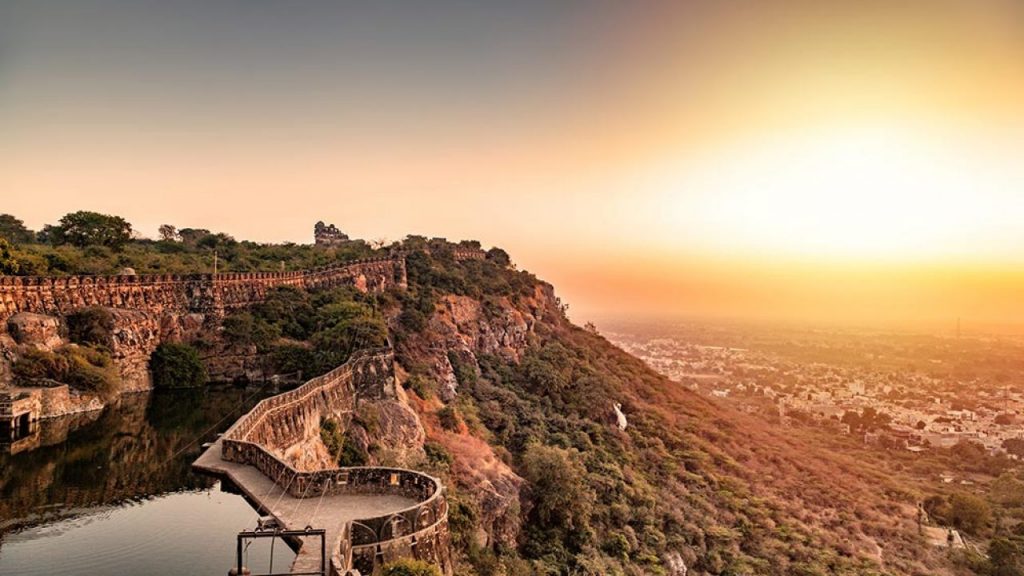
This morning arrive at Kathgodam railway station meet with our representative and drive to Bhimtal 1.5 hrs. drive approx. A short two- kilometer uphill drive on a kaccha road from Bhimtal Lake leads you to Fredy’s Bungalow is now our 3 days home. It nestles amidst Deodar and Cypress trees, on a peaceful wooded hill overlooking Bhimtal town. It offers travelers a blissful getaway in the lap of nature, far away from the hustle and bustle of the regular tourist circuit.
Upon arrival check in to the hotel.
Rest of the time at leisure.
Experiential Heritage Bungalow located at Bhimtal
Bungalow is home to a large butterfly collection by Frederick Smetacek Sr. a passionate Entomologist and previous owner of the bungalow
Accommodation includes 4 tastefully designed rooms opening onto a wooden veranda, a large living room, a cosy den and dining room
Delicious Kumaoni meals served prepared by using local produce
Recreational facilities include a library and a board games room
Optional activities can possible boating, birding and angling in Bhimtal Lake, nature trails and treks
Recommended for offbeat travellers and bird watchers
Overnight stay at Bungalow.
Day 9: Bhimtal
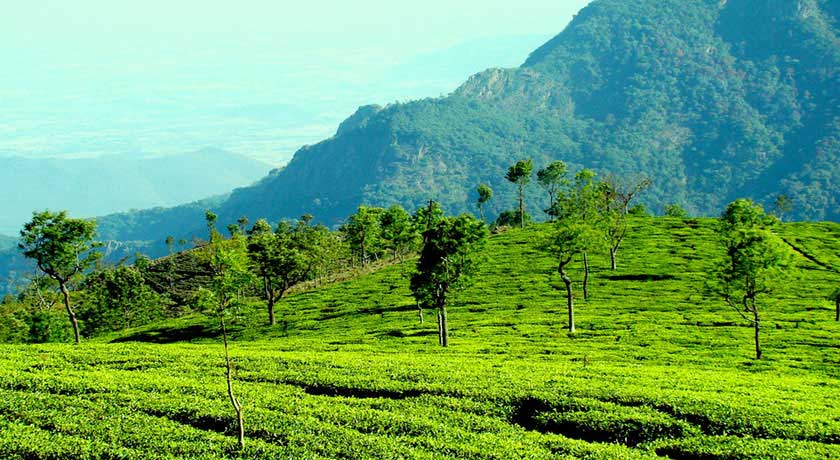
The serene surroundings of the bungalow are an invitation for long walks, for quiet contemplation and meditation. Enjoy a walking tour to nature & Lake. A steep 10-minute mountain trail, adjacent to the bungalow, leads to ‘the Ridge’ with its breath-taking view of the Sattal Lakes below and Nainital in the distance. A level walking track from the bungalow offers an easy 30-minute walk to these lakes, which are otherwise more than 10 km, and 45 minutes, by motor road.
The bungalow was home to Fredy Smetacek Jr. and is located in a large forest estate where his father, Fredrick Smetacek Sr. (a German from the Sudetenland – now in the Czech republic) chose to live with his wife and raise their six children. Smetacek Sr. had arrived in Calcutta in 1939 and moved to the hills closer to India’s independence. Raised as the son of a Forest Warden in Europe, he was irresistibly drawn to the cool forested hills and green lakes, moving first to Naukuchiatal (at a time when travelers rode up on horseback along a mule-track from Kathgodam) and then to Bhimtal in 1951. In Bhimtal, he developed and honed a passion for studying butterflies, starting a collection that grew to over 10,000 specimens and is renowned in India and beyond. Much of this collection is housed in Fredy’s Bungalow near Nainital, and the rest is displayed at a close by Butterfly Museum.
Later visit Butterfly Museum, (The Butterfly Research Centre) is located on a hillock near the Bhimtal Lake and houses the fourth largest butterfly and moth reference collection in India. Of the approximately 1300 species of butterflies to be found in India, Bhimtal alone has around 240 species. Be prepared to be overwhelmed by the beauty of nature. Don’t miss the Snow Apollo, a rare Himalayan butterfly species along with butterflies from England from which the term “butterfly” originated!
Timings: 10:00 am- 5:00 pm.
Best time to visit: All year except monsoons.
Overnight stay at Bungalow.
Day 10: Bhimtal
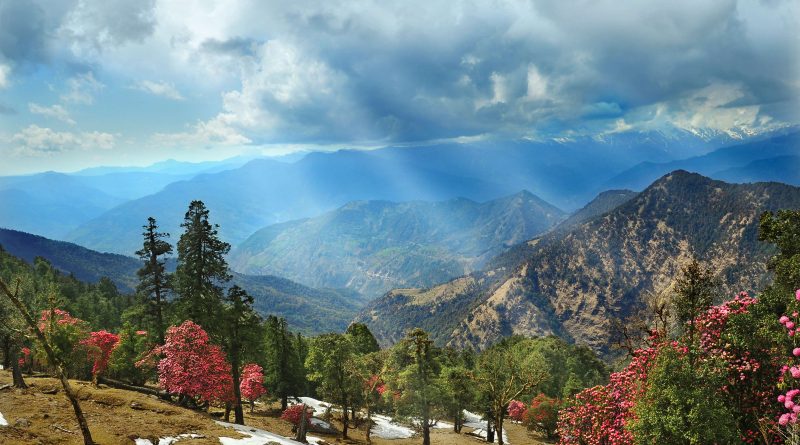
This morning enjoy a guided bird watching tour with our naturalist.
Bhimtal, the popular hill station, built around a beautiful lake, is surrounded by mountains and forest, where wildlife abounds and more than 500 species of birds can be seen. It is a notified bird sanctuary. There are more than 500 species in this region,including Forktail, Blackbirds, Laughing Thrush, Kalij Pheasant, Nuthatches, Parakeets and Monal.
Rest of time at leisure.
Overnight stay at Bungalow.
Day 11: Bhimtal - Corbett (102 Kms/4 Hrs)
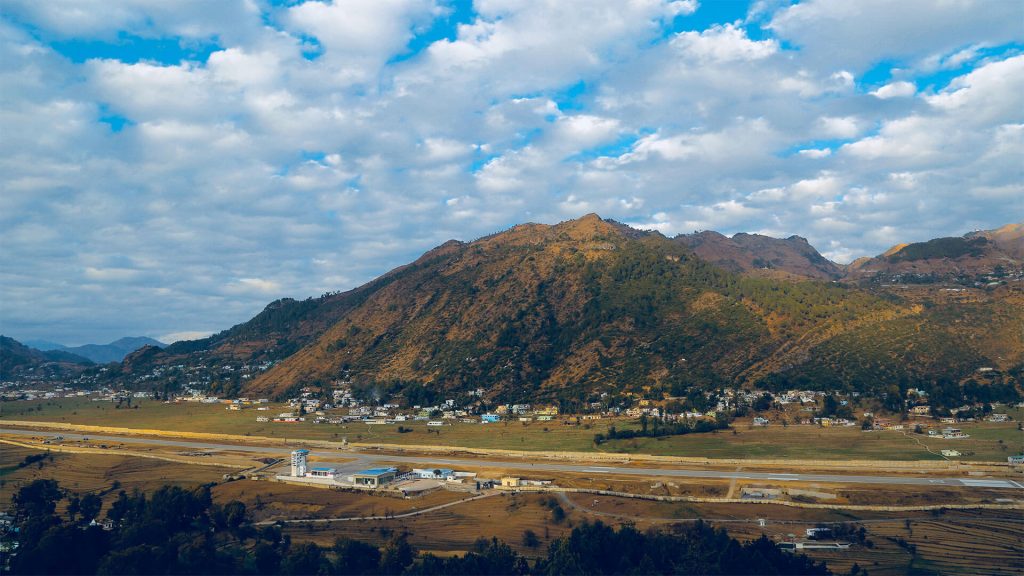
After a leisurely breakfast drive towards Corbett. Corbett National Park was established in 1936 as a means to protect the diminishing numbers of Bengal tigers in the region. It takes its name from Jim Corbett, a British naturalist and hunter of tigers and leopards. The entirety of the national park is open from mid November to mid June. The chance to spot tigers in their natural habitats is one of the wow factors in this park. Besides seeing endangered big cats, observe buffalo, deer, elephants, Himalayan bears, primates and aquatic creatures such as otters. Travel to the Dhikala zone and Kalagarh Dam to watch eagles, wagtails and several more of the park’s 600 bird species.
Upon arrival check in to the hotel. Rest of time at leisure.
Dinner and overnight stay.
Day 12 –Corbett
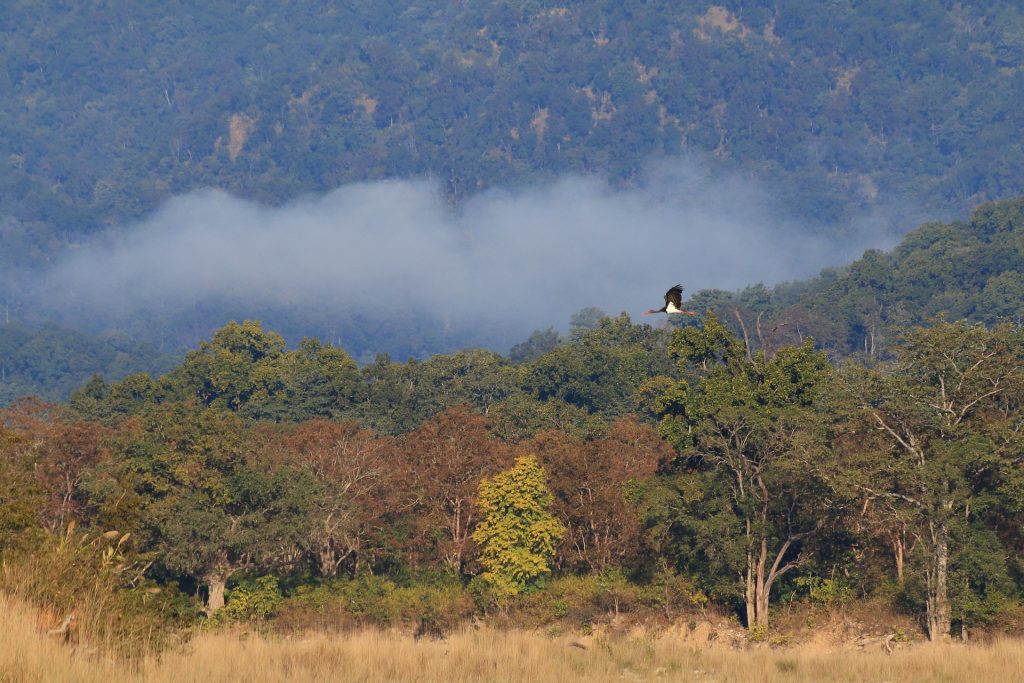
Morning enjoy Jeep Safari for wildlife viewing at Corbett National park. It is India’s first national park, cradled in the foothills of the Himalayas at 3300 feet asl, spreads over an area of 520 sq km. The magnificent Ramganga River flows through the entire length of the Park. Corbett has the highest density of tiger in India. Other carnivores include the leopard, elephant, bear, and deer. Basking along the banks of the Ramganga are the slender snouted gharial and the marsh crocodile.
Safari Timing: Morning 6:00 AM – 9.30 AM
Return back to hotel for breakfast.
Afternoon re-visit to the National park for game viewing. Hope to spot a Tiger!
Safari Timing: Evening 3:00 PM – 6:00 PM
Dinner and overnight stay.
Day 13 –Corbett – Delhi (258 Kms/ 6.5 Hrs)
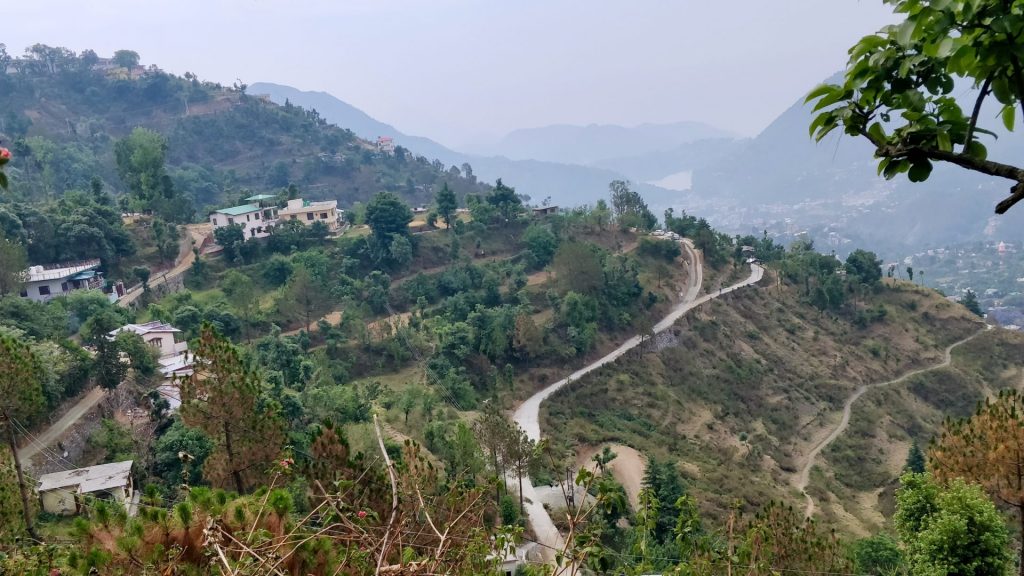
After breakfast drive towards Delhi, upon arrival check in to the hotel.
Rest of time at leisure.
Overnight stay at hotel.
Day 14 – Delhi Depart
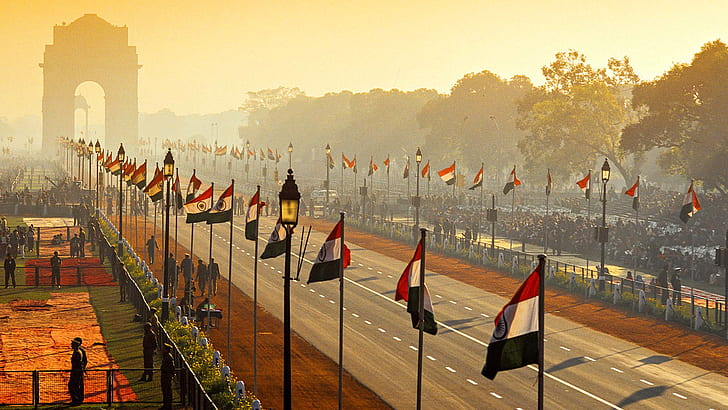
Breakfast at hotel.
Afternoon check out from hotel and proceed for half day city sightseeing tour of Delhi. The tour begins in Old Delhi with Jama Masjid India’s largest mosque, the Jama Masjid, beautifully decorated with paintings, inlaid stones, carvings and glazed tiles and then a unique glance at local life by an exploration to the bustling local bazaar of Chandni Chowk once the grandest Indian market. Enjoy a rickshaw ride in this street.
Conclude the tour at 11th-century Qutub Minar – Standing 73 foot tall, this five-storeyed tower, a UNESCO World Heritage Site, remains one of the most magnificent buildings of India from the medieval era.
Continue transfer to the International airport to connect flight for your onward destination.
